SUMMARY
This is AI generated summarization, which may have errors. For context, always refer to the full article.
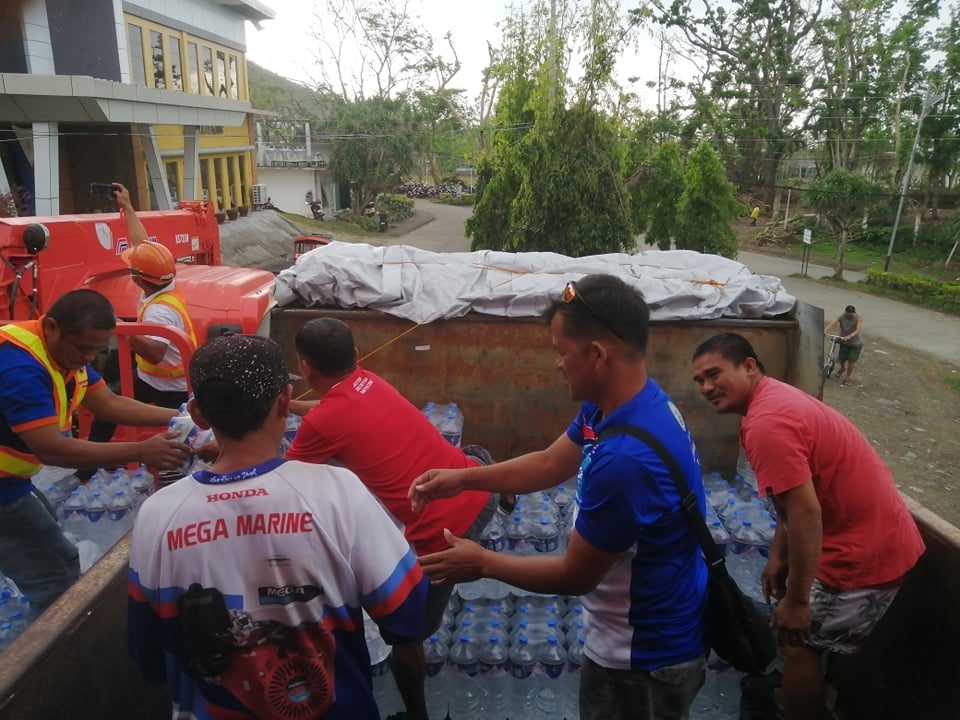
SAMAR, Philippines – The Department of Health Center for Health Development in Eastern Visayas on Friday, January 21, said 12 towns in Southern Leyte have reported 50 acute diarrhea cases due to E. coli contamination.
E. coli or Escherichia coli is transmitted to humans partly through contaminated food consumption. It includes drinking water with fecal contamination.
Typhoon Odette, which hit the Visayas on December 16, 2021 destroyed water systems as well as power infrastructure, and tens of thousands of homes.
Maasin City has 12 diarrhea cases, followed by San Juan town with nine cases. San Francisco and Pintuyan towns have six cases each; Liloan and Macrohon, five cases each. Padre Buros has four cases. San Ricardo, Malitbog, and Anahan have one case each.
Southern Leyte province has eighteen municipalities and one city.
The DOH identified 12 of 16 municipalities that underwent random water quality assessment: Sogod, Bontoc, Tomas Oppus, Malitbog, Padre Burgos, Macrohon, Liloan, San Ricardo, Libagon, St. Bernard, Hinundayan, and Anahawan.
Out of 69 samples collected, 28 came from level-three water systems or municipal-run water systems, the DOH report said.
In an online press briefing. DOH chief regional epidemiologist Marc Steven Capungcol clarified that the diarrhea cases were isolated and not clustered.
Capungcol said the age groups who have been affected by the E. coli contamination were between one to four years old, 11 to 20 years old, and those 60 years old and above.
DOH Regional Sanitary Engineer Percival de Paz said the E. coli contamination could be linked to soil intrusion in water system sources, or cuts in mountain-to-town pipelines that occurred during Odette’s rampage.
But he also said that delay in the restoration of water systems could have contributed to the contamination.
Lack of water pressure can result in pathogen buildup in pipes, said De Paz, who added that it took one or two weeks to restore municipalities’ water syestems.
The DOH has established a localized quality monitoring station for every Inter Local Health Zone in Sogod, Libagon, Anahawan, and the city of Maasin, so affected communities can bring samples for testing.
Non-government organizations such as UNICEF Plan Philippines, Oxfam, Americares, Samaritan Purse, as well as private groups and individuals, have extended support to the affected communities in Southern Leyte.
DOH Region 8 (Eastern Visayas) Food and Water Borne Diseases Program Manager Analiza Balila advised residents to boil water for at least three minutes to kill harmful bacteria and parasites, and also treat the water with chlorine stock solution.
The DOH said Oresol or oral rehydration solutions are readily available at various rural health units in Southern Leyte. Families can also make a homemade version by mixing six teaspoons of sugar and half a teaspoon of salt in a liter of boiled water. -Rappler.com
Lance Lim is a Visayas-based journalist and an awardee of the Aries Rufo Journalism Fellowship.
Add a comment
How does this make you feel?
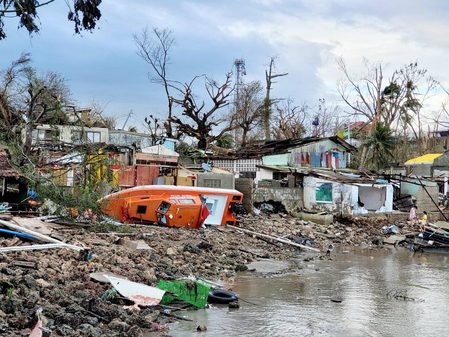
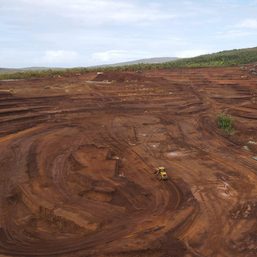
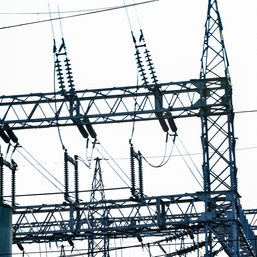
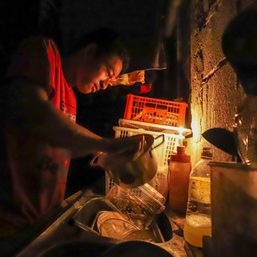
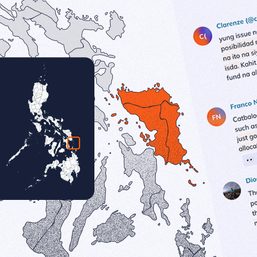
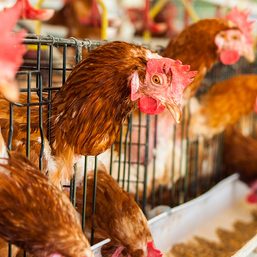
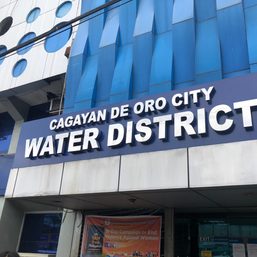
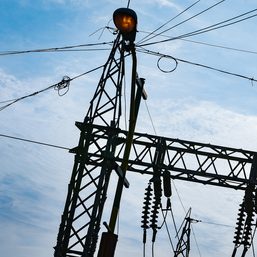
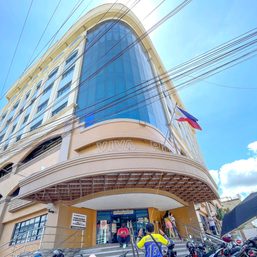
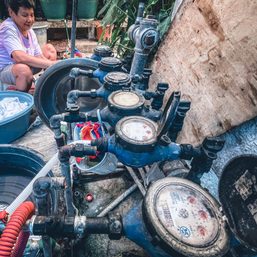
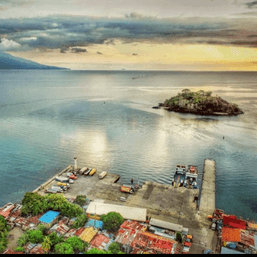


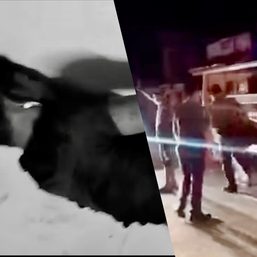
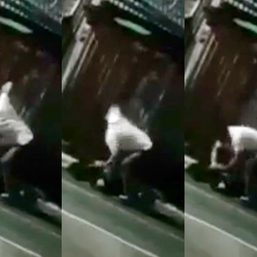
There are no comments yet. Add your comment to start the conversation.